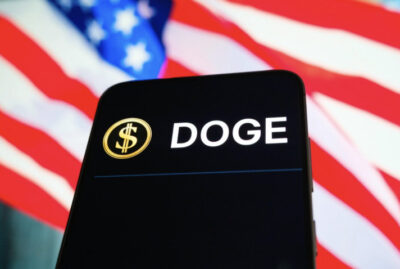The year is 2025, and artificial intelligence is already a household term. We’ve seen large language models write poetry, generative AI create photorealistic images from simple prompts, and algorithms recommend our next movie with unsettling accuracy. But this is merely the prelude. The pace of AI development is not just fast; it’s accelerating. Extrapolating to 2030 isn’t a matter of imagining flying cars and sentient robots, but rather understanding how a fundamentally more powerful and integrated technology will reshape the fabric of our daily lives. By the turn of the next decade, AI will have transitioned from a novel tool we actively engage with to an invisible, ambient layer of our existence, profoundly altering our work, our health, and even our relationships.
The Invisible Integration into Daily Life
By 2030, the most significant change in AI will be its near-invisibility. The clunky, app-based interactions of today will be replaced by a seamless, predictive intelligence woven into our environments. Imagine a smart home that doesn’t just respond to commands but anticipates needs. Your home’s AI, constantly learning from your habits, will adjust the lighting and temperature based on your biometric data from a wearable device, pre-order groceries when it detects you’re running low, and even suggest a recipe for dinner based on your health goals and the food you have available. This “ambient intelligence” will extend far beyond the home.
In healthcare, physicians will be augmented by AI diagnosticians that can analyze medical scans, patient histories, and genetic data in seconds to identify patterns imperceptible to the human eye. This won’t replace doctors but will empower them, freeing them from routine analysis to focus on patient care and complex treatment plans. Transportation will be a network of interconnected autonomous vehicles, not just personal cars, but delivery drones and long-haul trucks, all coordinated by a central AI to optimize traffic flow and drastically reduce accidents. For the average person, AI will become a proactive personal assistant, managing schedules, filtering communications, and providing real-time language translation so seamlessly that international video calls will feel as natural as speaking to a neighbor. It will be the silent, efficient engine running in the background of a more streamlined world.
The New Workforce and the Creativity Boom
The conversation around AI and employment will have shifted dramatically by 2030. The initial fears of mass job replacement will have given way to a more nuanced reality of collaboration and role transformation. AI will become a standard co-pilot in nearly every knowledge-based profession. Lawyers will use AI to sift through millennia of case law in minutes, architects will generate and test dozens of structural designs in an afternoon, and software developers will have AI partners that write, debug, and optimize code, allowing them to focus on system architecture and innovation. The focus will shift from performing repetitive tasks to wielding AI tools effectively, prompt engineering, data interpretation, and strategic oversight will become critical skills across all industries.
This human-AI collaboration will also ignite a historic boom in creativity. Generative AI tools will become so sophisticated and intuitive that the barrier to creating professional-quality art, music, and literature will be almost entirely eliminated. An individual with a compelling vision could direct an AI to generate the score for a film, design its characters, and even animate its scenes. This democratization of creative tools will lead to an explosion of new media and artistic expression from voices that were previously shut out due to technical or financial limitations. The new creator economy will not be about mastering a specific piece of software, but about the quality and originality of one’s ideas.
The Deepening of the Human-Machine Relationship
Perhaps the most profound and ethically complex evolution by 2030 will be the nature of our relationship with AI itself. As models become more capable of understanding context, emotion, and nuanced conversation, our interactions will feel less transactional and more relational. This will manifest in a variety of ways, from hyper-personalized AI tutors that adapt to a child’s learning style and emotional state to sophisticated digital companions designed to alleviate loneliness. This evolution is already giving rise to highly specialized AI companions, from digital therapists to AI chatbots that act like girlfriends. The ethical questions surrounding these deep, simulated relationships will become a major societal debate.
The challenge of 2030 will be to navigate this new terrain with foresight. How do we ensure privacy when our AI assistants know more about us than our closest family members? How do we combat the potential for misinformation when AI can generate convincing deepfakes in real-time? And what does it mean for human connection when some of our most meaningful interactions are with a non-conscious entity? By 2030, AI will not be a distant concept. It will be our collaborator, our assistant, and in some cases, our confidant. The world it helps create will be one of unprecedented efficiency and creativity, but it will also demand a new level of wisdom and digital literacy from us all.






